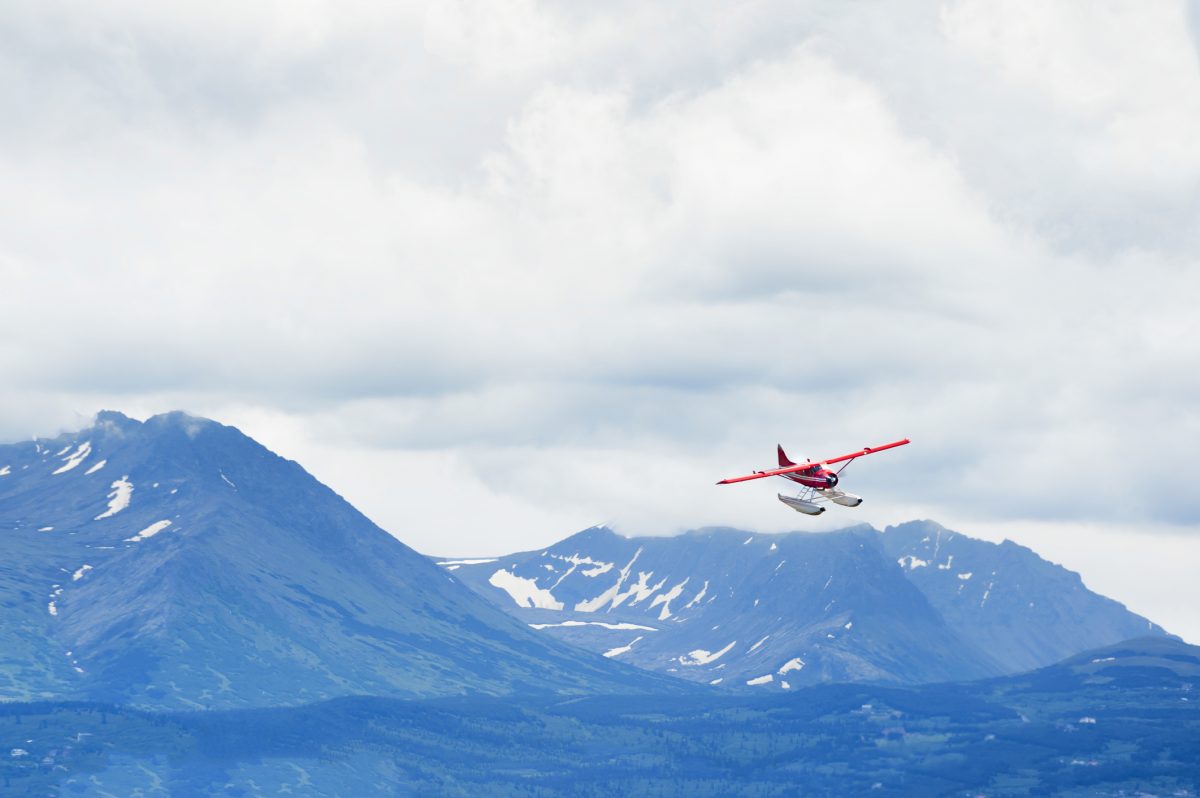
Last week, we shared our top tips for preparing aircraft for winter storage. However, many pilots enjoy flying all year round, especially in the cooler months when there’s less traffic, clearer visibility, and low-density altitude that allows for more lift and better aircraft engine performance. If you’re willing to brave the cold, flying during the winter will also help you maintain proficiency — keeping you and your airplane active throughout the season!
Flying in the winter comes with a unique set of challenges, even for the most experienced pilots. That’s why there are a number of extra precautions you’ll want to take during the winter to make sure you and your aircraft are ready for a safe, enjoyable flight.
Check out the following tips to prep for cold-weather flying:
Cold-weather flights require a thorough preflight inspection that often takes significantly longer than warm-weather flights. Give yourself plenty of time to carefully check things like your airplane’s tire pressure, fuel and oil levels, and propeller system.
Far too many pilots become complacent and skip items on their preflight checklist, or fall into the trap of “get-there-itis” and rush through the inspection to get airborne. Even when it’s freezing out, resist the temptation to take shortcuts. A good pair of gloves will help make those early morning winter preflights bearable!
If your airplane is tied down outside, there’s a good chance you’ll need to remove snow, ice, or frost at some point during the winter. If you’re lucky enough to have access to a heated hangar, move your airplane inside so the snow and ice can melt off. De-icing fluid is another option if you’re in a pinch. Just don’t attempt to use a vehicle ice scraper, broom, or credit card on your airplane, which can scratch the paint and windows.
After clearing off your airplane, let it dry completely. Consider investing in a set of wing covers and aircraft propeller de-ice boots to prevent hazardous icy build-up on your wings and propeller during flight.
Preheating is about more than getting a cold airplane to start; it’s a vital way to protect your engine investment. Just one cold start can cause more wear on a piston engine in less than a minute than 500 hours of normal cruise operation! A takeoff with cold oil can also result in a poorly governed propeller and a possible overspeed event. In addition to reducing engine wear and increasing safety in cold weather operations, proper preheating helps prevent cylinder scoring, reduce the chance of frosting spark plugs, and ensure proper oil flow. Aircraft engine preheating also reduces run-up time, helping to save valuable fuel.
Refer to your pilot’s operating handbook or aircraft flight manual for cold weather operation guidelines specific to your airplane. In general, if it’s below 32 degrees Fahrenheit outside, it’s wise to preheat your airplane. Consider installing an aircraft engine preheat system to speed up the preheating process and preserve the life of your engine.
No matter the season, it’s a good rule of thumb to dress for the weather and terrain you’ll be flying over. This way, you’ll be prepared in case you need to make a stop en route — or, in the worst-case scenario, an off-airport emergency landing. During the winter, dress in layers, and bring along a coat, hat, gloves, and boots. Be sure your passengers have dressed appropriately for the weather, too. Now is also a good time to update your onboard survival kit with winter gear such as a sleeping bag and wool clothing.
It may sound like a no-brainer, but always get a complete weather briefing before your flight, so you’re not caught by surprise. Because winter weather can be unpredictable, make sure you have an alternate landing site in case you run into snow and ice. Filing a flight plan will ensure that someone knows where you’re going, which can make all the difference when it comes to emergencies.
Preparing for icy or windy landings is another top concern in the winter, which is why it’s a good idea to check NOTAMS for braking action reports. While you’re at it, consider calling the FBO or airport manager ahead of time to get the most recent field conditions at your destination. It doesn’t take long for runway surfaces to become contaminated with ice, frost, snow, or slush, making landings hazardous.
As you can see, you don’t have to put your airplane into hangar hibernation during the winter months. With the right equipment and careful preparation, you can stay safer in the skies and enjoy all the rewards of winter flying!
What are some of your favorite winter flying destinations? Let us know on Facebook, Instagram, or Twitter.